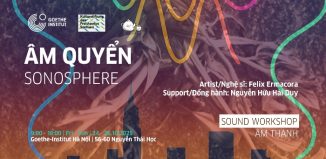KVT – Celimene at L’Espace …… Perfect Finale to a Fine Weekend’s Music


KVT and the pre-Christmas musical menu….spread over two nights
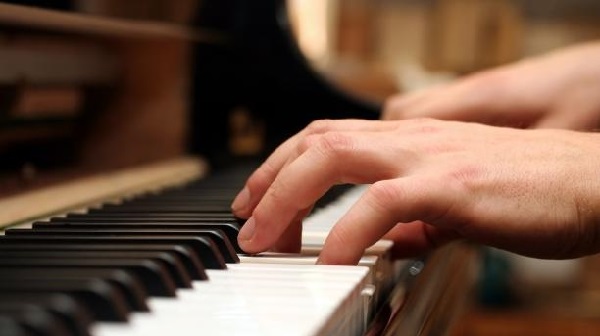
ENTRÉE:
On Friday night at the Grand Concert Hall we devoured an entrée of Strauss’ Second Horn Concerto prepared for us by young Czech maestro Premysl Vojta and the VNSO and this critic’s verdict was that it surpassed the best Bulgarian caviar from farmed sturgeon served on crisp buttery brioche
MAIN:
Same night, same venue we tucked into an Alpine Symphony by Strauss prepared by maestro Honna and the VNSO and this critic’s verdict was that it was as luxuriously succulent as newly caught, freshly grilled Cape Breton lobster tails brushed with butter and served with potato mash infused with new season truffle
DESERT:
Saturday night, at L’Espace we were served a piano recital prepared by Clementine Daudet and this critic’s verdict was that it was more divine than a Golden Opulence…three scoops of Tahitian vanilla ice-cream infused with Madagascar vanilla beans topped in 23K edible gold leaf and sprinkled with a couple of Amedei Chuao chocolates
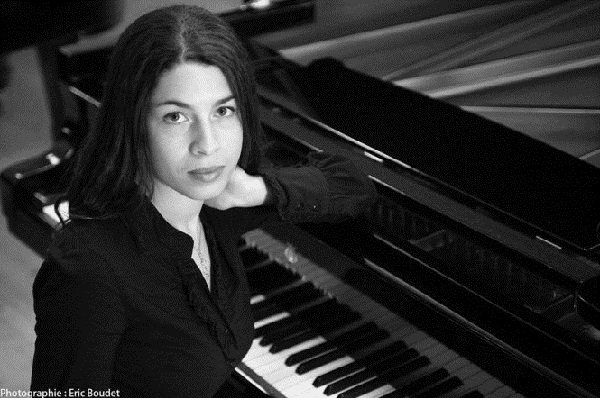
And what a fabulous recital it was (take away a child or two whose parents should have been refused admission or had their bottoms paddled-the parents that is!)
Celimene Daudet is not only beautiful but exudes an exotic aura. She hails from Aix-en-Provence in France by way of Haiti.
All that exotica aside….she is a brilliant pianist!
Co-incidentally she was tutored in piano techniques by Michel Bourdoncle who gave us a scintillating interpretation of Brahms piano Concerto No 1 with the VNSO in February 2012
Now the beautiful Daudet could have taken it easy and thrown together a program of hummable piano pieces and pleased everyone –even the few squawking kids- but, no! This international prizewinner, 2013 soloist at Carnegie Hall in New York, who has had huge success with Bach’s ‘The Art of Fugue’, who is famous for her innovative performances, who plays with renowned chamber music ensembles, and who is very popular on recital tours throughout the world, gave us a serious and thoughtful and even challenging recital of works from the mid 19th to the early 20th centuries.
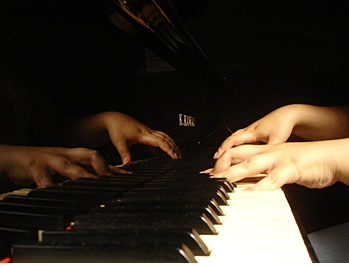
I do love the Gallic style!
No long intros to start the night….just a single announcement in the hope that stupid people will refrain from using mobile phones, taking videos or using cameras (such idiots don’t realize just how easy it might be to distract the performer’s intense concentration)…the performer walks onto the stage, acknowledges applause and then gets on with the playing.
First we got 9 minutes of Chopin’s Barcarolle which is a deceptively difficult piece to play. It’ a variation of a gondolier’s boat song for lovers and of all the barcarolles composed by a host of composers in the 19th century, this one is considered to be the finest. Daudet’s interpretation bought the scene to life with the movement of the boat played with the left hand and the ethereal love song with the right as the boat moves fast with the current and then ebbs with a slow flow where There is time enough for the gondola to drift and for the lovers to make love-as one writer states: the theme gets more passionate, dramatic, struggling and in F# major, not A major, with one octave higher. The coda is a series of modulation and harmony that is far beyond the reality, like rowing over the cloud and flying in the air. The cloud brings the boat back to the river through the striking main key F# and the lovers awake from their dreams with two key octaves C# and F# as a conclusion to this wonderful love duet.
I couldn’t have put it better!
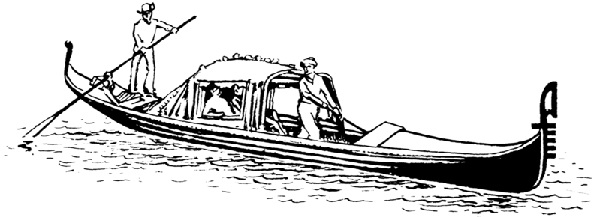
Then it was the third of Franz Liszt’s ten pieces from his piano cycle, Poetic and Religious Harmonies, and it also is imbued with the love between two adults…this time Liszt and his long term, relationship with the married Princess Sayn-Wittgenstein who left an aristocratic life behind to live with the composer and who got a papal dispensation to marry him. When this was thwarted by her royal husband’s relatives she went into seclusion and religious meditation surround by the fug of her favorite strong cigars which she smoked well into her old age. And Liszt devoted a lot of his time thereafter to devotional music and in Blessing of God in Solitude he was praising her selfless devotion to God and also mourning a devotion lost to himself. He used words by poet Alfonse de Lamartine to preface the work.
There are hearts broken by sorrow, held back by the world, who take refuge in the world of their thoughts, in solitude of soul, to weep, to wait or to worship; I would that they might be visited by a muse solitary like them, to find sympathy in her harmonies and to say sometimes, as they listen: We pray with your words, we weep with your tears, we call on God with your songs!’
It is the most elaborate of the ten pieces and as Liszt composed for himself as Europe’s foremost pianist, to play the piece as profoundly as Daudet did was an honor to listen to
[youtube width=”600″ height=”337″]https://www.youtube.com/watch?v=-Lk-Tsc5QKA[/youtube]
When played as well as we heard it, critics describe the work as: dreamy and blissful , having angelic purity and quiet introspection; an emotional dream-picture of a person amidst nature, marveling at God’s creation and feeling overwhelmed with praise and gratitude; luscious piano-writing in the luscious key of F sharp major; ecstatic; it requires of both performer and listener the abandonment of conscious thought at the climactic third statement of the main theme coda; after such a passionate outpouring comes peace.
Had Liszt not been such a profound Catholic and obeyed papal orders then he’d have run away with the princess to somewhere religiously ammenable and enjoyed a life of excommunicated bliss. We’d have been without his inspirational religious works but unabated sex and torrid love would have given us compositions of a different kind…. lustfully inspirational.
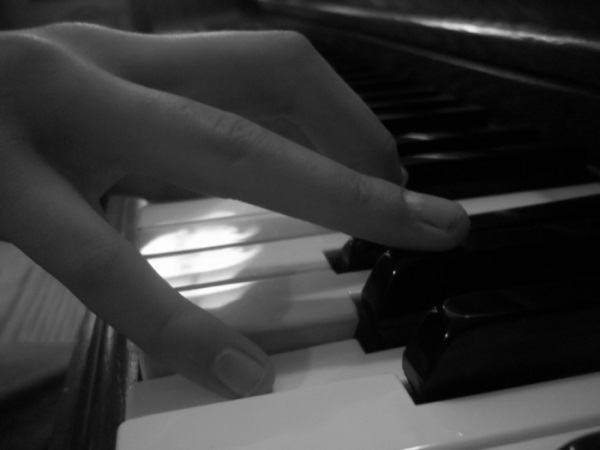
With only a brief pause the pianist extraordinaire was off with four of Claude Debussy’s 24 preludes and another 15 minutes of concentration for her, each is about four minutes long and all were full of impressionistic images that Debussy’s work conjures up
Like Liszt, Debussy was a master pianist and composed for the difficult end of the spectrum which suited Daudet and me just fine
[youtube width=”600″ height=”337″]https://www.youtube.com/watch?v=JP2NnhAXdeI[/youtube]
The final 18 minute piece was Cesar Franck’s 3 part work Prelude, Choral and Fugue of which contemporary English pianist Stephen Hough says is the most deeply felt and serious piano composition to come out of France in the nineteenth century
It’s certainly a bravura piece with the truncated sobs of the Prelude leading into the syncopated lamentations of the chorale which then becomes a bit of an homage to Bach with its theme of redemption. Definitely my favorite part of a wonderful recital
After an intense evening of listening the full house was kept firmly in place by the intensity of the piece and the intensity of the pianist

Superb night’s music with a big thanks to L’Espace and the Haitians for putting Vietnam into Daudet’s touring itinerary
WORLD CLASS YET AGAIN!

| Kiem Van Tim is a keen observer of life in general and the Hanoi cultural scene in particular and offers some of these observations to the Grapevine. KVT insists that these observations and opinion pieces are not critical reviews. Please see our Comment Guidelines / Moderation Policy and add your thoughts in the comment field below. |


